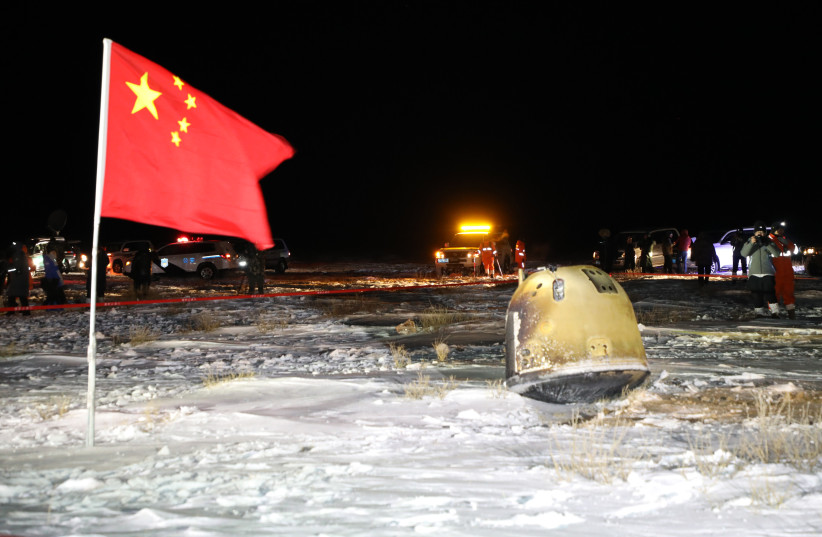Impact glass found in lunar soils provide insight into the impact history of the inner solar system as laid out in a study published on Wednesday.
A study published in the peer-reviewed journal Science Advances provides more insights into the collisional dynamics of the inner solar system. When analyzing the ages and composition of silicate glass formed on the Moon, the researchers discovered the craters where the substance was created by high-velocity meteorite impacts, suggesting that the glass particles can be transported at great distances upon impact.
While the findings provide the possibility of understanding more about the history of meteorite impacts, there remains an incomplete understanding of the physics behind their origin and distribution, which makes reconstructing impact history very difficult.
Therefore, the researchers aimed to improve their understanding of the factors that influence the distribution of impact glass in lunar soil.
“Previous studies of impact glasses identified a set of physical aspects that have impeded a deeper understanding of the chemistry and ages of impact glasses in the lunar regolith,” writes lead study author Tao Long.
“These aspects include, but are not limited to, typical sizes of craters responsible for the major contribution of glasses to lunar soils, limits on transport distances, and influence of regolith thickness and the nature of underlying bedrock on impact melt production on the Moon.”
The team took 215 silicate glass samples from the Moon during China’s 2020 Chang’e-5 lunar sampling mission, named after the Chinese moon goddess.
“The Chang’e-5 landing site is located on a relatively young basaltic unit, designated as Em4 (the fourth oldest Eratosthenian-aged mare basalt in the region), at a distance of at least ~150 km from the nearest compositionally distinct highlands and mare basalt terranes,” Long explained. “These characteristics place testable limits on the transport distance of ejecta from impacts that occurred within the Em4 unit versus impacts into different geologic units.”
They analyzed the samples and put them into categories according to their uranium-lead isotopic dates and chemical compositions. This would help determine whether their formation was due to volcanic activity or meteorite impact. The results revealed that the silicate glass was created by meteorites that impacted the basalt unit surrounding the Chang’e-5 landing site.
“There is currently no general model for quantifying the production and spatial distribution of lunar impact glasses that would underpin a better understanding of their broader geological significance,” Long said. “Here, we present the results of numerical impact simulations that produce melt in small craters and discuss their implications for understanding the geology around the Chang’e-5 landing site and the provenance of lunar impact glass beads.”
What craters were caused by meteors?
The numerical impact simulations suggest that the meteorite impacts would have resulted in craters with a diameter between 100 and 1,300 meters and ejecta temperatures that hit between 827 and 1,427 degrees Celsius. This data suggests that upon impact, the glasses were potentially transported farther than 150 kilometers.
“These models provide a baseline scenario in which the volume of melt produced in each crater and landing distance of ejecta would be the main factors that define the probability of glass from individual impact craters occurring in the Chang’e-5 soil sample.”
Tao Long
The researchers then used the collected data to model meteorite impacts in the neighboring basalt units over time.
“We integrate the ejecta simulations into a geological model that predicts the probability of finding glasses from specific impact craters as a function of their size and distance to the Chang’e-5 landing site,” Long writes.
Through doing so, they identified some large craters within the region that could be sources for the glasses, although the smaller craters and their role are still debated.

